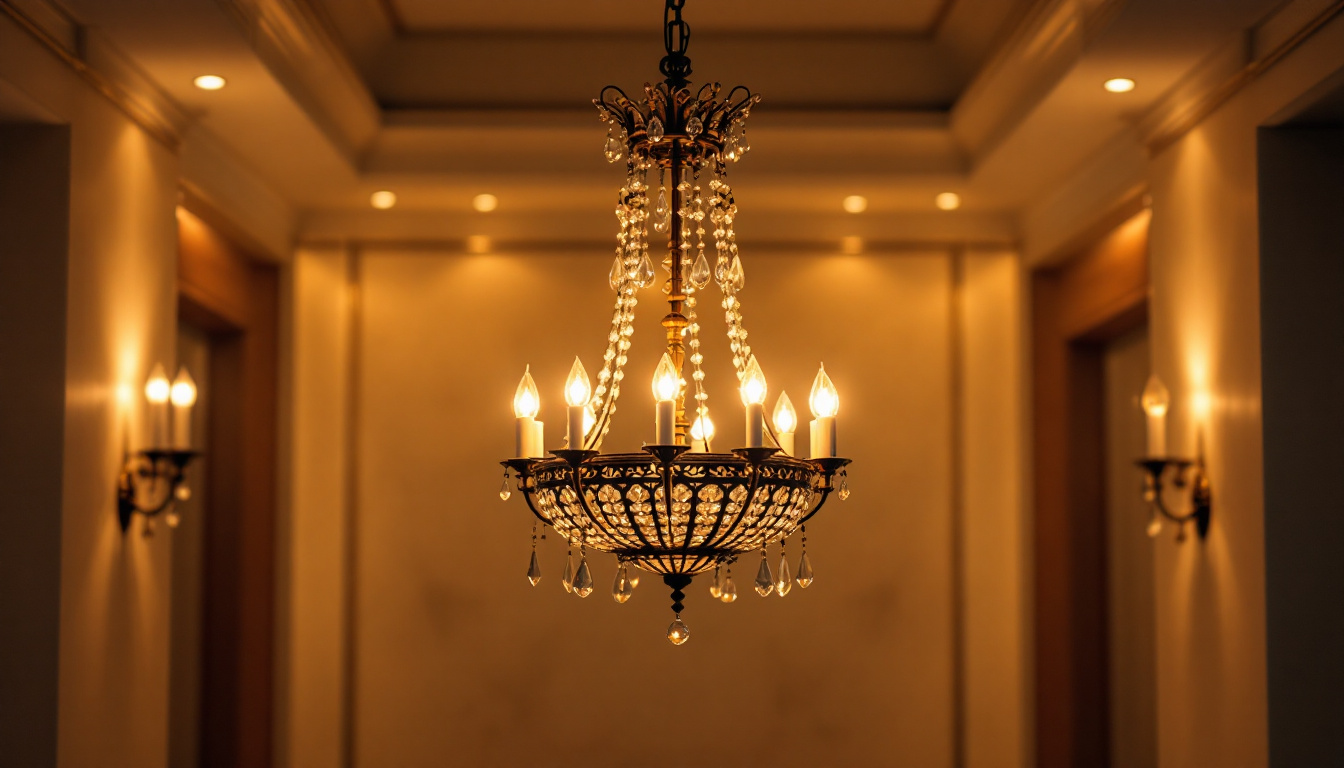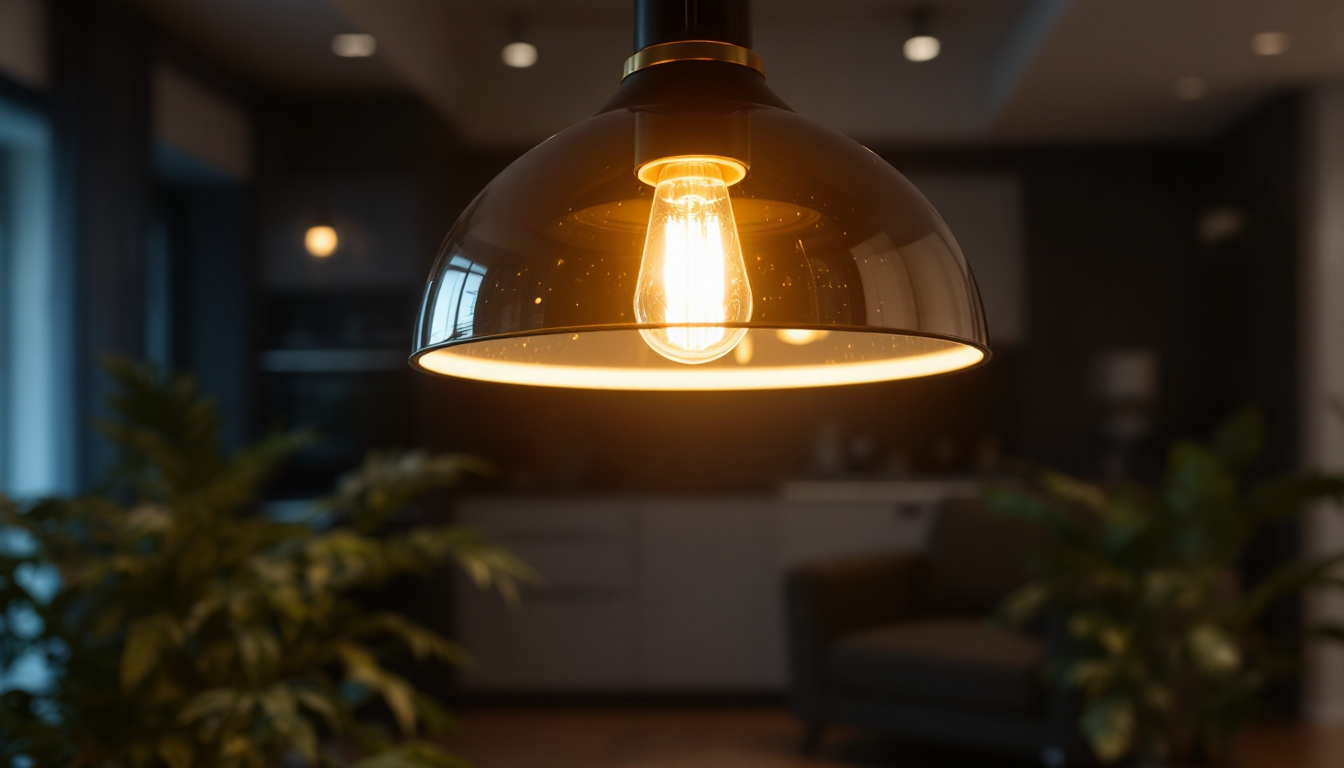
As the demand for energy-efficient lighting solutions continues to rise, fluorescent bulbs have become a popular choice among contractors and homeowners alike. However, installing these bulbs can sometimes pose challenges that require innovative solutions. This article provides essential hacks and tips for lighting contractors to enhance their installation process, ensuring efficiency and satisfaction for both themselves and their clients.
Fluorescent bulbs are a staple in the lighting industry due to their energy efficiency and longevity. Unlike traditional incandescent bulbs, fluorescent lights work by passing an electric current through a gas, which then produces ultraviolet light. This light is converted into visible light by a phosphor coating on the inside of the bulb.
Before diving into installation techniques, it’s crucial for contractors to understand the various types of fluorescent bulbs available. From compact fluorescent lamps (CFLs) to linear fluorescent tubes, each type has its own specific installation requirements and applications. Familiarity with these differences can streamline the installation process and improve overall service quality.
Fluorescent bulbs come in various shapes and sizes, each designed for specific applications. Compact fluorescent lamps (CFLs) are ideal for residential settings, while linear fluorescent tubes are often used in commercial and industrial environments. Understanding the specific requirements of each type can help contractors select the right bulb for the job.
Additionally, there are specialized fluorescent bulbs, such as high-output (HO) and very high-output (VHO) tubes, which provide increased brightness and are commonly used in environments requiring intense lighting, such as gymnasiums or warehouses. Furthermore, some fluorescent bulbs are designed with specific color temperatures in mind, ranging from warm white to cool daylight, allowing for tailored lighting solutions that enhance the ambiance of a space.
One of the primary advantages of fluorescent lighting is its energy efficiency. These bulbs consume significantly less energy than incandescent bulbs, making them a cost-effective choice for long-term use. Additionally, fluorescent lights have a longer lifespan, reducing the frequency of replacements and maintenance.
Moreover, fluorescent bulbs emit less heat, contributing to a cooler environment, which is particularly beneficial in commercial settings. This energy efficiency not only saves money on electricity bills but also aligns with sustainable practices that many clients are increasingly prioritizing. Beyond energy savings, fluorescent lighting also offers better light distribution, which can enhance visibility and reduce eye strain in workspaces. This is especially important in settings where precision tasks are performed, as proper lighting can significantly impact productivity and safety.
Furthermore, the versatility of fluorescent lighting allows for various dimming options and compatibility with smart lighting systems, making it easier to create dynamic lighting environments that cater to different activities throughout the day. As technology advances, newer fluorescent options are being developed to incorporate features such as color-changing capabilities and integrated sensors, further expanding their applicability in modern design and energy management strategies.
Preparation is key to a successful fluorescent bulb installation. Before starting any project, contractors should ensure they have all necessary tools and materials at hand. This includes the appropriate bulbs, fixtures, and safety gear. Proper preparation can prevent delays and enhance the overall efficiency of the installation process.
Safety should always be a priority when working with electrical components. Contractors should wear appropriate personal protective equipment (PPE), including gloves and safety glasses, to protect against potential hazards. Additionally, it’s crucial to turn off power to the circuit before beginning any installation work to minimize the risk of electrical shock.
Having the right tools can make a significant difference in the installation process. Essential tools for installing fluorescent bulbs include a ladder, voltage tester, wire strippers, and screwdrivers. A multimeter can also be useful for troubleshooting any electrical issues that may arise during installation.
Investing in high-quality tools can save time and improve the quality of work. Furthermore, being organized and keeping tools readily accessible can streamline the installation process, allowing contractors to work more efficiently.
Once preparation is complete, it’s time to focus on the actual installation techniques. Proper installation is crucial for ensuring the longevity and performance of fluorescent bulbs. Here are some effective techniques that can help contractors achieve optimal results.
The choice of fixture plays a significant role in the performance of fluorescent bulbs. Contractors should ensure that the fixture is compatible with the type of bulb being installed. For instance, CFLs require different fixtures than linear fluorescent tubes. Using the correct fixture can enhance the efficiency of the bulb and prevent issues such as flickering or premature burnout.
Proper wiring is essential for the successful operation of fluorescent lighting. Contractors should carefully follow the manufacturer’s wiring instructions to ensure that the bulbs are connected correctly. This includes paying attention to the ballast, which regulates the current to the bulbs. A faulty ballast can lead to flickering lights or even complete failure of the lighting system.
Additionally, using high-quality wiring materials can prevent future issues and enhance the reliability of the installation. Contractors should also consider using wire connectors to secure connections and prevent any potential electrical hazards.
After completing the installation, it’s essential to test the system before leaving the site. Contractors should turn the power back on and check that all bulbs are functioning correctly. This step can help identify any issues early on, allowing for quick troubleshooting and adjustments.
Moreover, testing the installation can provide an opportunity to educate clients about the proper use and maintenance of their new lighting system. Providing clients with information on how to care for their fluorescent bulbs can enhance customer satisfaction and build trust in the contractor’s expertise.
Despite careful preparation and execution, contractors may still encounter challenges during fluorescent bulb installations. Understanding these common issues and knowing how to address them can enhance the overall installation experience.
Flickering fluorescent lights can be a common issue that frustrates both contractors and clients. This problem is often caused by a faulty ballast or poor electrical connections. To resolve this issue, contractors should first check the ballast and replace it if necessary. Ensuring that all connections are secure can also help eliminate flickering.
In some cases, flickering can be attributed to compatibility issues between the bulb and fixture. Contractors should ensure that the bulbs being used are compatible with the fixtures to prevent this issue from arising.
Clients may express concern over the short lifespan of their fluorescent bulbs. If bulbs are burning out prematurely, it could be due to several factors, including incorrect voltage, poor quality bulbs, or inadequate ventilation. Contractors should check the voltage levels and ensure that the bulbs are rated for the specific application.
Additionally, providing clients with high-quality bulbs can significantly enhance their lifespan. Educating clients on the importance of proper ventilation can also prevent overheating, which can contribute to premature burnout.
Some fluorescent lights can produce a buzzing or humming noise, which can be bothersome in quiet environments. This noise is often caused by the ballast or the bulb itself. Contractors should recommend high-quality electronic ballasts, which tend to operate more quietly than traditional magnetic ballasts.
If noise persists, it may be necessary to replace the bulbs with a different brand or type that is known for quieter operation. Educating clients about the potential for noise can help manage expectations and provide solutions in advance.
Proper maintenance can significantly extend the lifespan of fluorescent bulbs and ensure optimal performance. Contractors can play a vital role in educating clients about maintenance practices that can keep their lighting systems in top condition.
Dust and dirt can accumulate on fluorescent bulbs and fixtures, reducing their efficiency and brightness. Contractors should advise clients to regularly clean their lighting fixtures to maintain optimal performance. Using a soft, dry cloth to wipe down the bulbs and fixtures can help keep them free of debris.
In addition to improving performance, regular cleaning can enhance the overall appearance of the lighting system, contributing to a more aesthetically pleasing environment.
Encouraging clients to monitor the performance of their fluorescent lighting can help identify issues early on. If clients notice flickering, dimming, or unusual noises, they should be advised to contact a professional for assistance. Early intervention can prevent more significant problems and ensure the longevity of the lighting system.
While fluorescent bulbs are energy-efficient, many clients may eventually consider upgrading to LED lighting for even greater efficiency and longevity. Contractors should stay informed about the latest advancements in LED technology and be prepared to offer recommendations for clients considering this transition.
Educating clients about the benefits of LED lighting, such as lower energy consumption and longer lifespans, can help them make informed decisions about their lighting systems.
Installing fluorescent bulbs can be a straightforward process with the right knowledge and techniques. By understanding the different types of bulbs, preparing adequately, and employing effective installation methods, lighting contractors can enhance their efficiency and client satisfaction. Addressing common challenges and providing maintenance tips further solidifies the contractor’s role as a trusted expert in the field.
As the lighting industry continues to evolve, staying informed about new technologies and practices will be essential for contractors looking to thrive in a competitive market. Embracing innovation and prioritizing customer education will not only improve installation experiences but also foster long-term relationships with clients.
Ready to elevate your lighting installations with the best products on the market? Look no further than LumenWholesale for all your fluorescent bulb needs. Our extensive selection of spec-grade lighting products ensures you have access to the highest quality options for any project. Say goodbye to local distributor markups and hello to unbeatable wholesale prices, free shipping, and the convenience of bulk buying. Enhance your service offerings and delight your clients with reliable, high-performance lighting solutions. Take the next step towards smarter installations and Wholesale Lighting at the Best Value today!

Discover the must-have products and expert insights from a leading lighting supply company, tailored specifically for lighting contractors.

Discover essential insights for lighting contractors on hazardous location lighting.

Discover the key traits that distinguish top lighting contractors in the chandelier lamp industry.

Discover the significance of light modern pendants for lighting contractors.